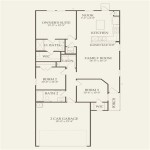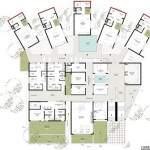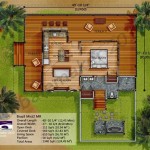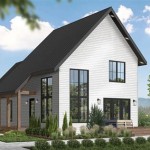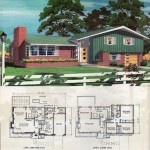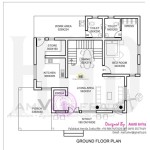Log Home Plans With Walkout Basement
Log homes evoke a sense of rustic charm and connection with nature. The addition of a walkout basement significantly expands the living space and functionality of these homes, offering a versatile area that seamlessly integrates with the surrounding landscape. This article explores the benefits, design considerations, and potential uses of log home plans incorporating a walkout basement.
One of the primary advantages of a walkout basement is the increased living space it provides. This extra square footage can be utilized for a variety of purposes, such as additional bedrooms, a home office, a recreation room, or a home gym. The walkout feature allows for natural light and ventilation, transforming the basement from a dark, underutilized area into a bright and inviting living space.
The connection to the outdoors is another key benefit of walkout basements. Direct access to the backyard creates a seamless transition between indoor and outdoor living. This is particularly appealing in log homes, which are often situated in scenic, natural settings. A walkout basement can facilitate outdoor entertaining, easy access to gardens or patios, and a closer connection to the surrounding environment.
Log home plans with walkout basements offer significant design flexibility. The basement can be designed to complement the style and character of the main log structure or create a distinct living space with its own unique aesthetic. The walkout access can be incorporated into the natural slope of the land, minimizing excavation and maximizing the use of the existing terrain.
When considering log home plans with a walkout basement, careful planning and site analysis are essential. The slope of the land, soil conditions, and local building codes will all influence the design and construction process. Working with experienced architects and builders specializing in log home construction is crucial to ensure a successful project.
Proper drainage is a critical consideration for any basement, especially a walkout basement. Effective drainage systems must be implemented to prevent water infiltration and moisture-related problems. This includes proper grading around the foundation, installation of drainage pipes and a sump pump, and waterproofing the basement walls.
Insulation is another important factor to consider. Proper insulation in the basement walls and ceiling will help regulate temperature and humidity, creating a comfortable and energy-efficient living space. This is particularly important in colder climates, where a well-insulated basement can significantly reduce heating costs.
The choice of materials for the basement walls and flooring is also an important consideration. Concrete is a common choice for basement walls due to its durability and resistance to moisture. However, other options, such as insulated concrete forms (ICFs), can provide enhanced energy efficiency. For flooring, options range from concrete to tile to engineered hardwood, depending on the desired aesthetic and functionality.
The design of the staircase leading to the walkout basement should be carefully considered. The staircase should be safe, functional, and aesthetically pleasing, complementing the overall design of the home. The location of the staircase should also be strategically planned to maximize the use of space in both the basement and the main living area.
Lighting is an essential element in any basement, particularly a walkout basement. Natural light from the walkout access should be maximized. Additionally, strategically placed artificial lighting can create a warm and inviting atmosphere. Consider incorporating recessed lighting, task lighting, and accent lighting to enhance the functionality and aesthetics of the space.
Ventilation is crucial for maintaining a healthy and comfortable environment in the basement. Adequate ventilation helps control moisture levels, prevent mold growth, and improve air quality. The walkout access provides natural ventilation, but mechanical ventilation systems, such as exhaust fans, may also be necessary.
Egress windows are a crucial safety feature in any basement, providing an escape route in case of emergency. Building codes typically require egress windows in basement bedrooms and other habitable spaces. These windows should be large enough to allow for safe exit and should be easily accessible.
The potential uses of a walkout basement in a log home are diverse. It can be transformed into a family room, a game room, a home theater, or a guest suite. The walkout access can lead to a patio, a deck, or a landscaped garden, creating an extension of the living space and enhancing the connection to the outdoors.
Ultimately, incorporating a walkout basement into a log home design can significantly enhance its value, functionality, and livability. Careful planning, thoughtful design, and attention to detail are essential to ensure a successful and enjoyable outcome.

Plan 35112gh Log Home Made For Majestic Views Cabin House Plans
Log Cabin Home 3 Bdrm Bath 2057 Sq Ft Plan 132 1401

Pine Cabin On Walkout Basement Beautiful Wood Beams Loghome Pinehome Woodhome Woodcabin Dreamhom Cottage House Plans Small Lake Houses

House Plan 3 Bedrooms 2 Bathrooms 4908 Drummond Plans

Plan 85208 Mountainside House With Walk Out Basement

Plan 012l 0023 The House

Lakeside Log Cabin With Walkout Basement Cozy Homes Life

Eagle Valley Ranch On Basement Is A Super Efficient Style Log Cabin Home Kits Lazarus Homes

Log Home Exteriors Ward Cedar Homes

Reasons To Add A Basement Your Log Home Plus How Build On Budget Homes Guide

